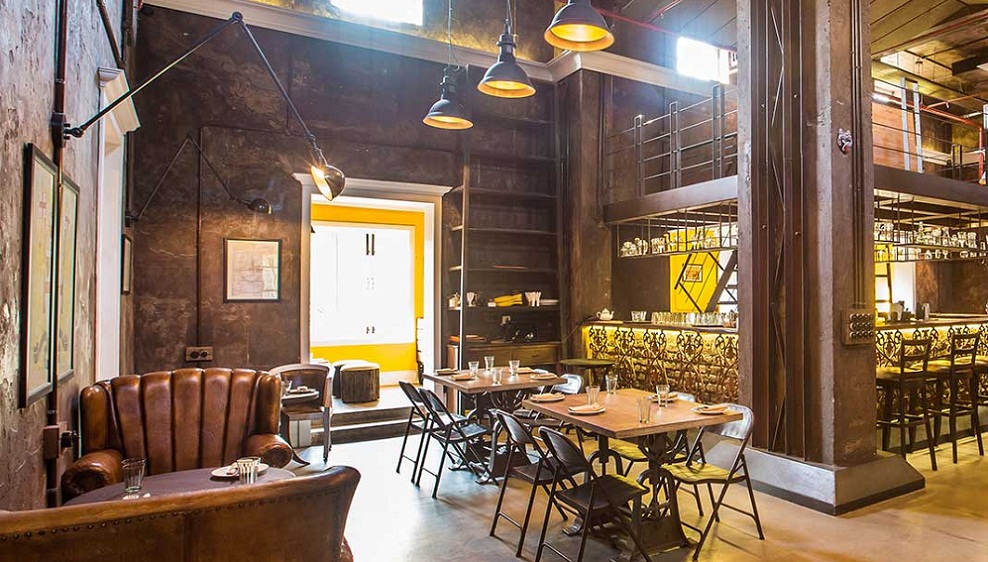
As affluence and professional pressures overtake daily life, the experience of fine and casual dining is about so much more than what’s on the plate –it is guided by good service and increasingly, an excellent ambience. As an architect/designer, the challenge lies in delivering an immersive experience and not merely redoing a space to improve aesthetics. Group DCA's design philosophy behind conceptualizing restaurants is driven by a focus on spatial setting and augmenting aesthetics keeping in mind the client’s sensitivities and cost-effectiveness.
Having carved a niche in the hospitality sector, some of the design essentials lay utmost importance on the following:
Façade
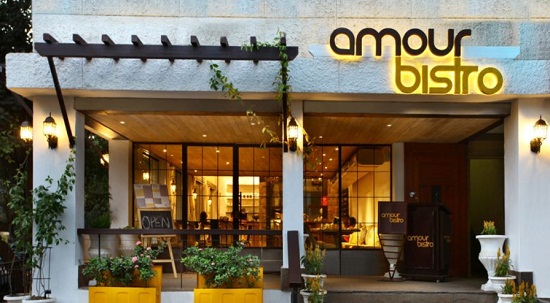
Photo Source: Group DCA
The façade of any restaurant casts the very first impression on the customer. It is one element that needs to reflect the aesthetics and individuality of the outlet and also engage with the users. Needless to say, it needs to be inviting.
Spaces
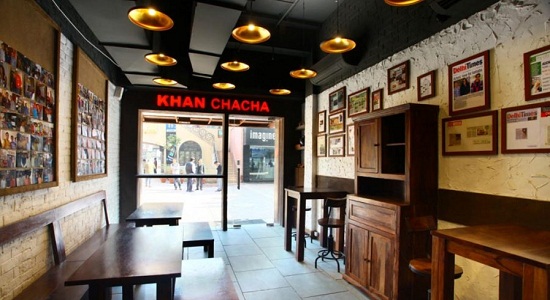
Photo Source: Group DCA
Every space in a restaurant should work together, to create a unique experience that will keep customers coming back. Space efficiency, smooth circulation and easy egress guide the layout of the dining room. Kitchens need a detailed design for clearing air through exhausts, maintaining hygiene through ease of cleanliness and ensuring the quality of food held in storage. Standards of safety, fire protection, ventilation and other building codes must be designed to work hand-in-hand.
Must Read: Restaurants Must Have Proper Structure And Design, Else They Will Collapse
Lighting
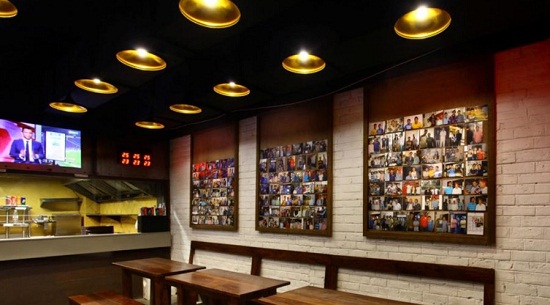
Photo Source: Group DCA
Lighting forms a crucial part in creating the overall ambience. Sunlight imbues restaurants with a fresh lightness that is essential to daytime entertaining. As the day progresses, warmer lighting can work with the setting sun to create an ambience that is best suited for a coffee or sundowner. Warmer tones craft mellow, casual spaces, while white fluorescent lighting creates a bright, clean feeling.
Detailing
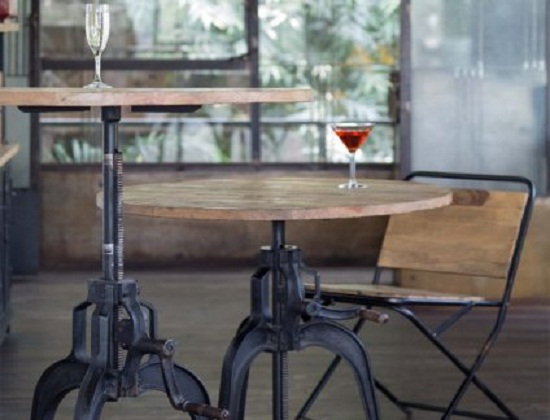
Photo Source: Group DCA
Starting with the entrance and percolating down to the tiniest detail, a restaurant must reflect the character of its owner/brand. People are increasingly looking for spaces that reflect their individual interests. The integration of individual motifs and quirky elements helps the users to relate to space better and develop a sense of belonging to space.
Conclusively, the experience of a customer is the ultimate test for the design of a restaurant. Every brand is unique and has its own USP, targeted towards a more specific audience. But, it is also popularly stated that a function or a notion of something can be productive, only when the space it is placed or conceived in, allows it to. Group DCA strives to achieve this by striking the perfect symbiotic relationship between branding, spaces, and most importantly, customers.

The article is contributed by architects Amit Aurora and Rahul Bansal of GroupDCA.
GroupDCA is an award-winning architecture and interior design firm and is spearheaded by Amit Aurora and Rahul Bansal. The brand has to its credit, remarkable, award-winning, widely acclaimed projects across diverse typologies such as residential, retail, hospitality and workspaces.
Copyright © 2009 - 2024 Restaurant India.





